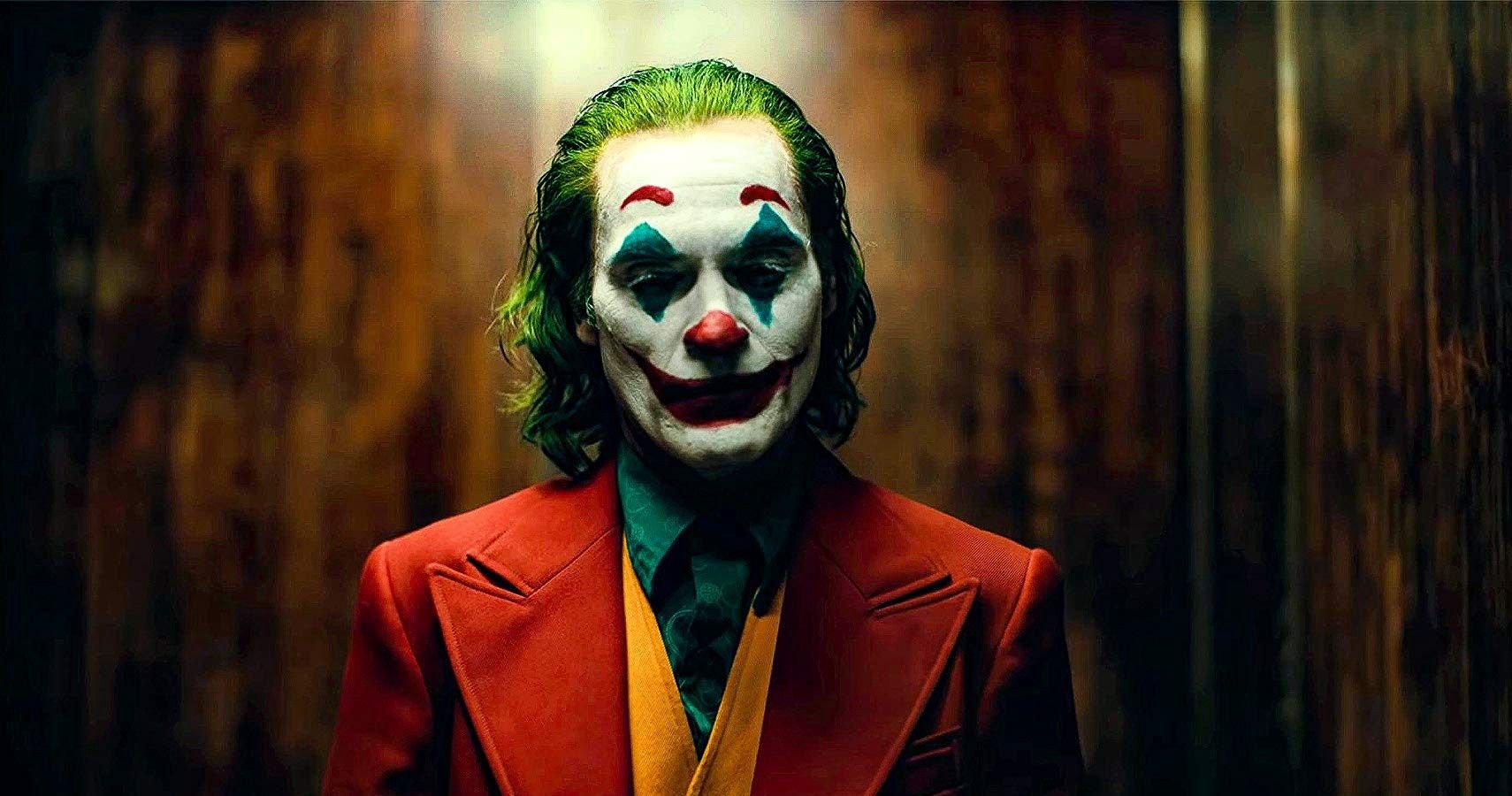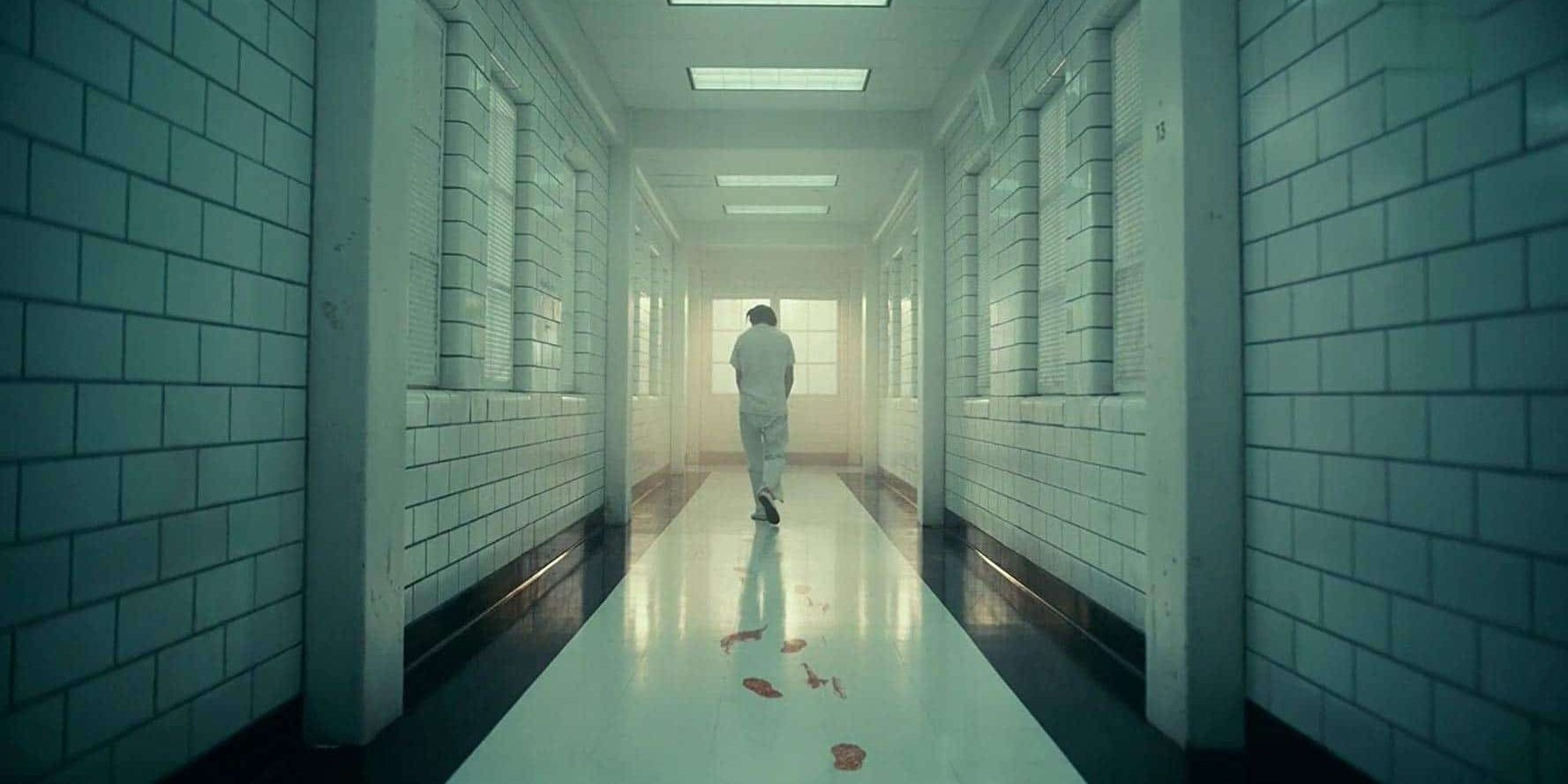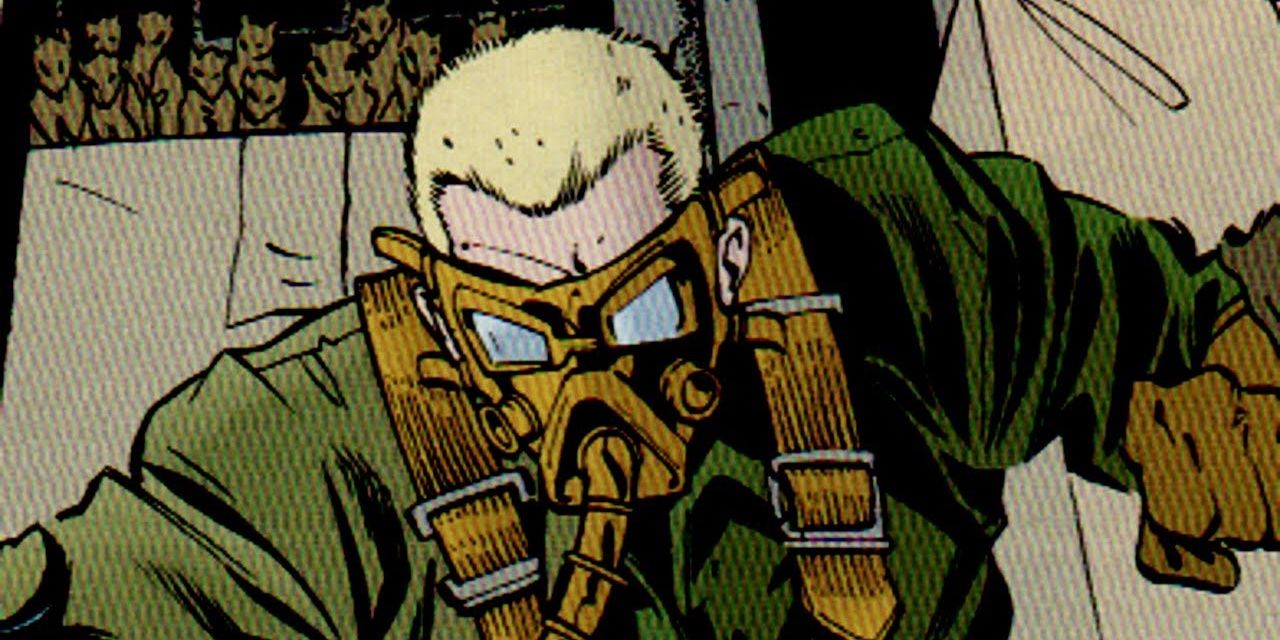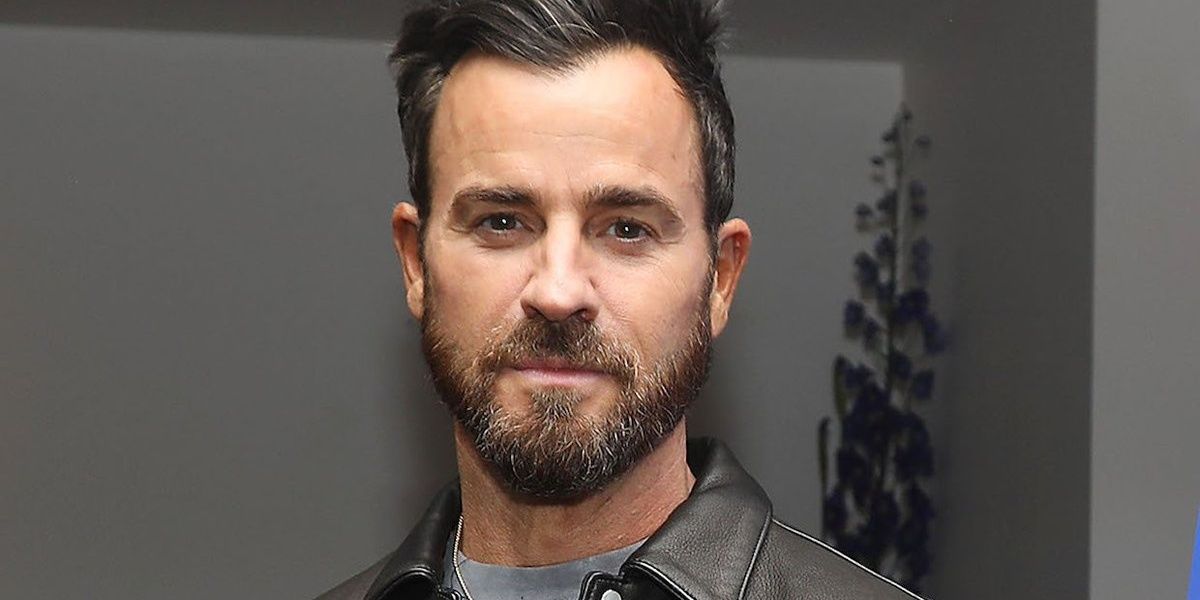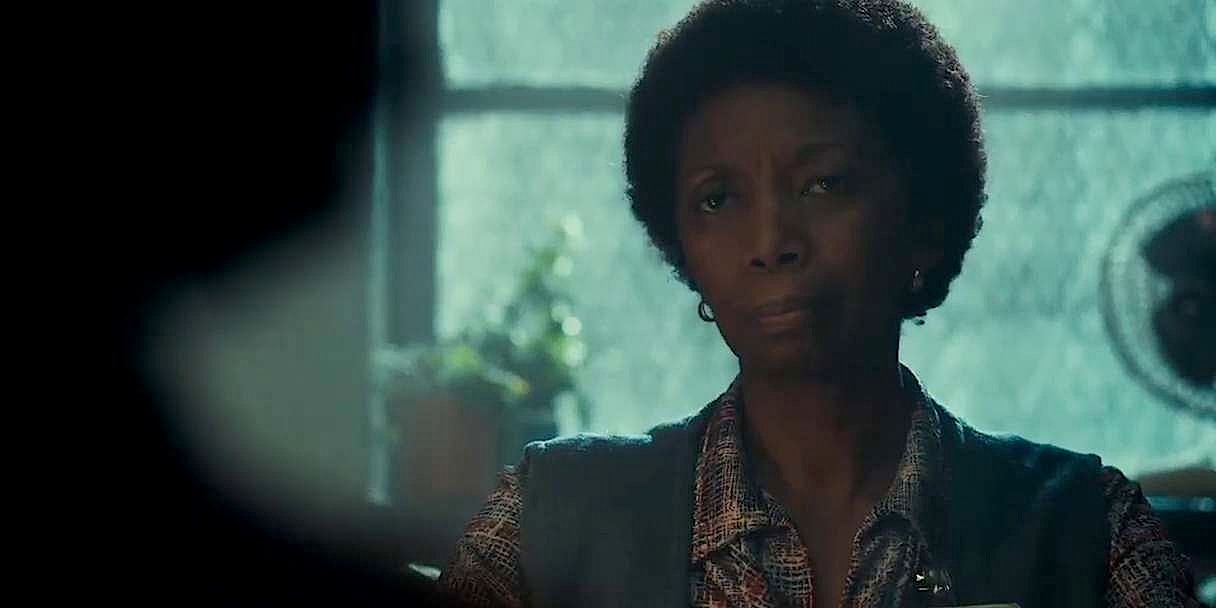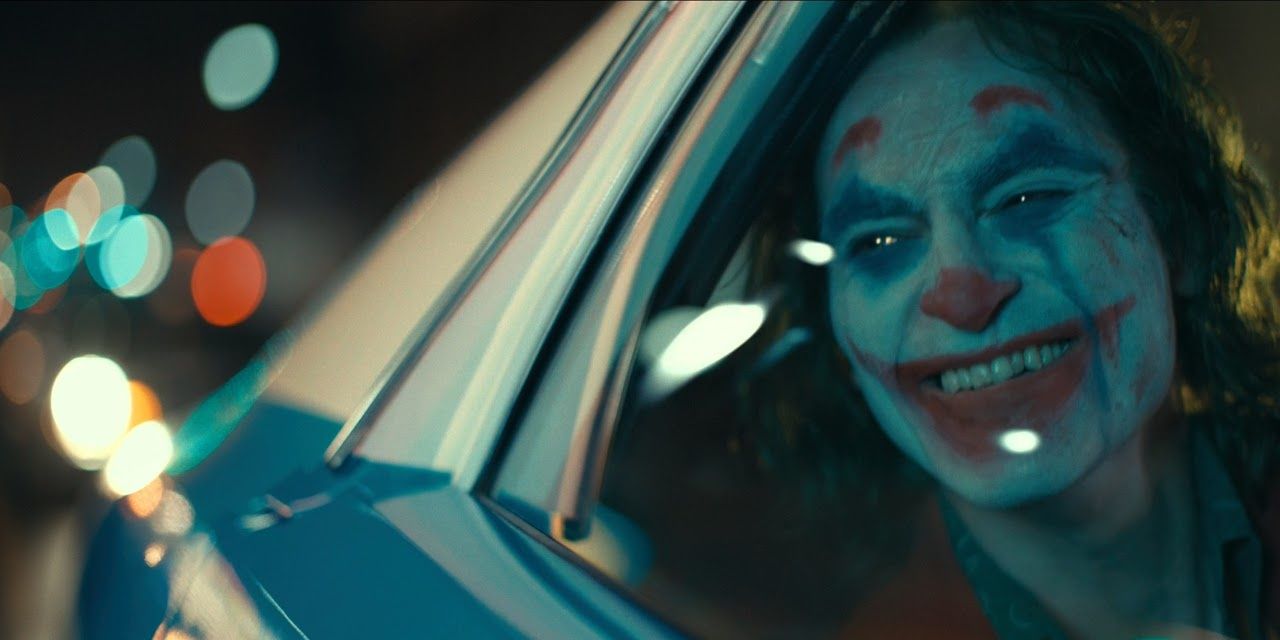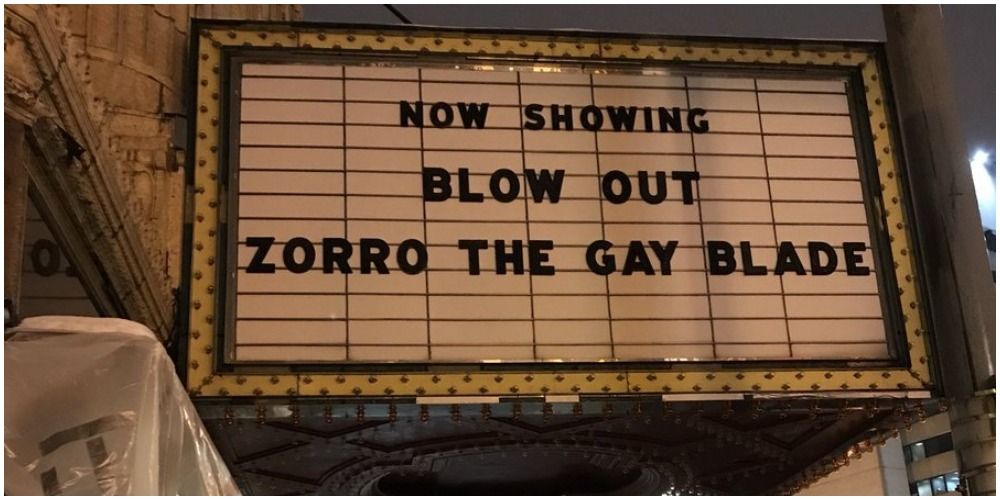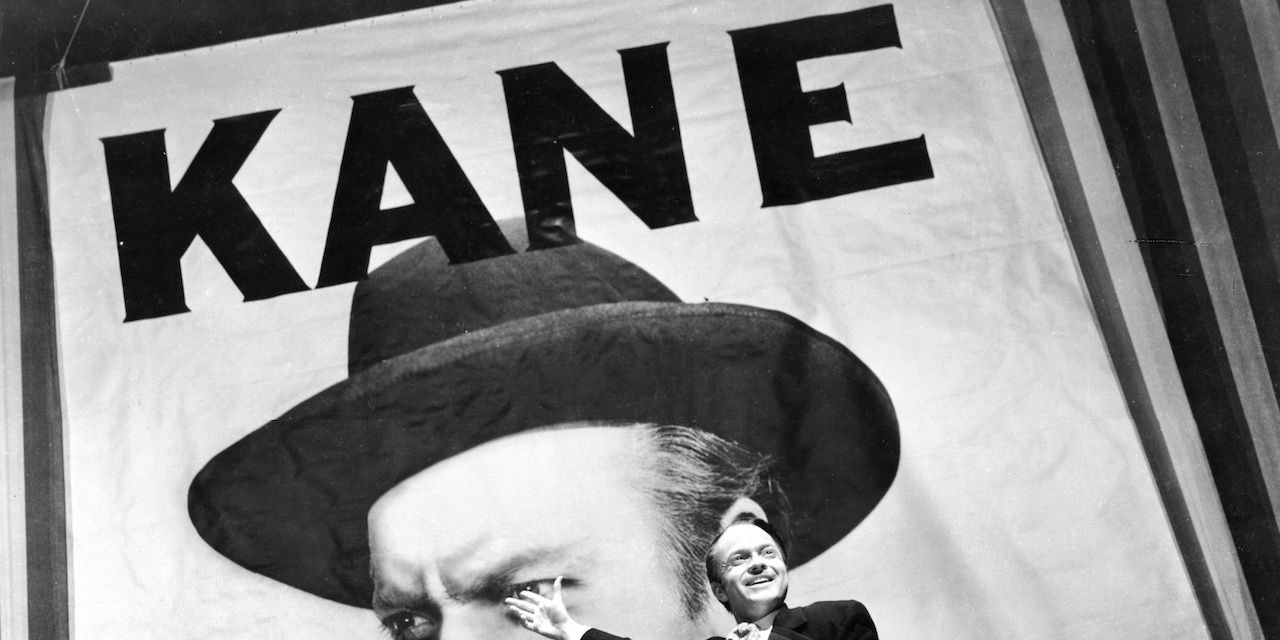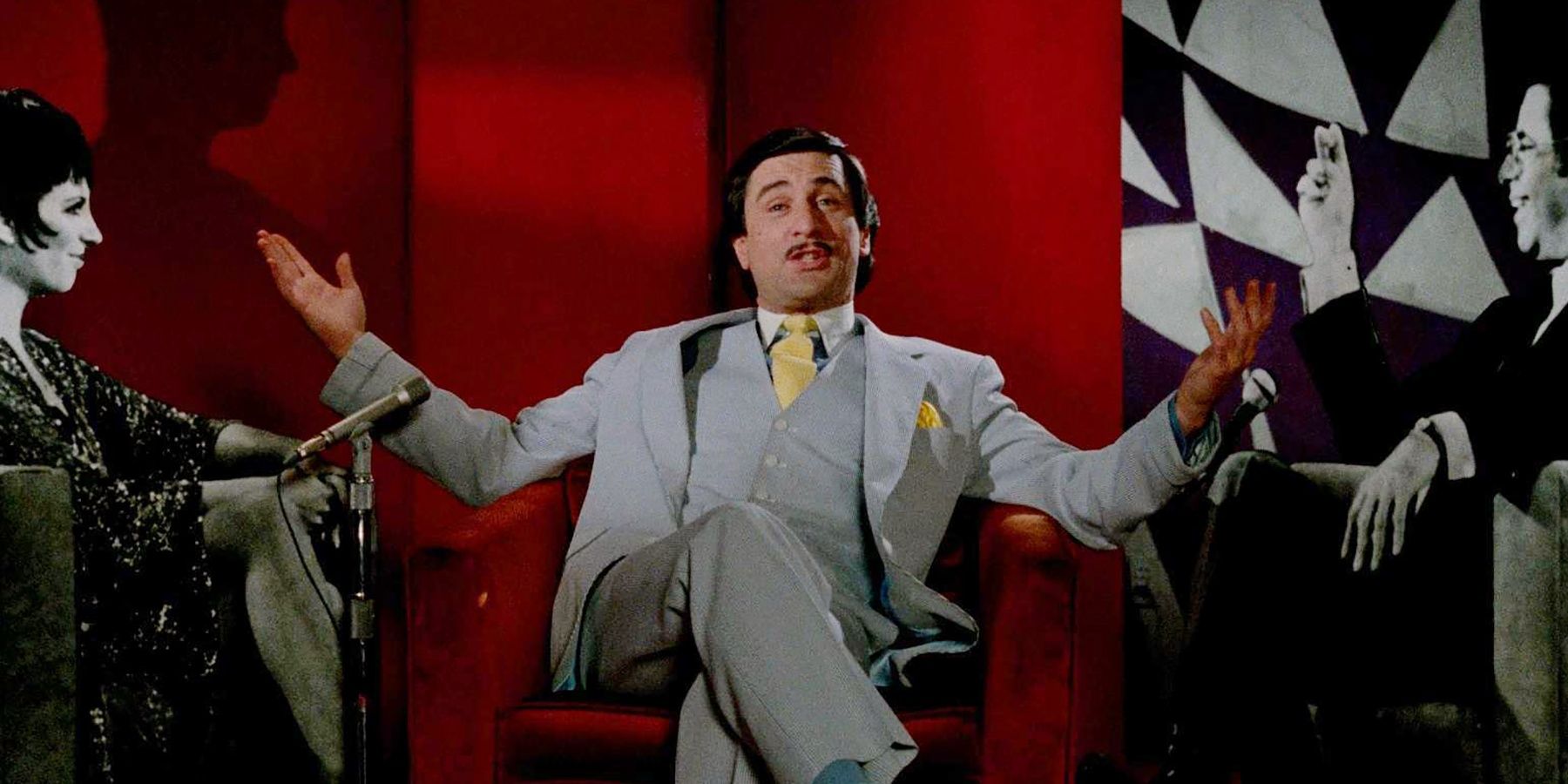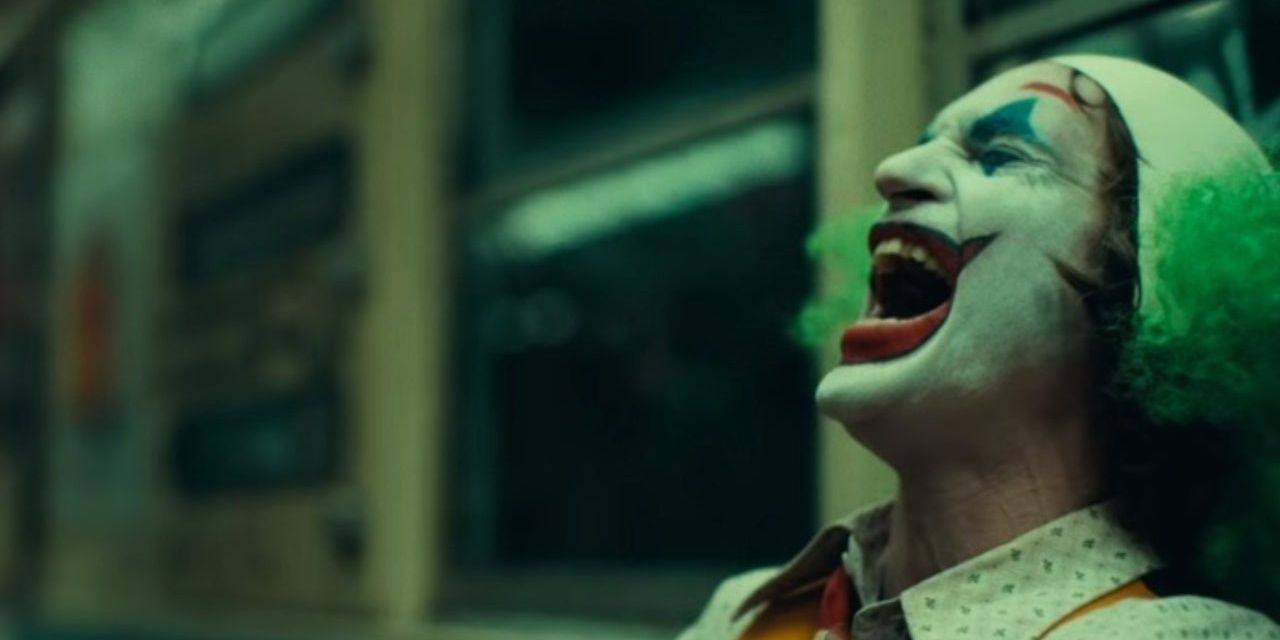Todd Phillips’s psychological thriller Joker has received global attention and widespread critical acclaim since its release in 2019. The film’s narrative revolves around a possible origin story for the iconic DC comic villain, the Joker. Although the character was previously portrayed in well-beloved performances such as Heath Ledger’s in The Dark Knight Trilogy, Phillips puts his own spin on the story by incorporating a wealth of realist tropes.
Joker sees Joaquin Phoenix taking on the role of anti-hero Arthur Fleck who sparks a counter-cultural revolution against the upper-classes within Gotham City. Here, we take a look at 10 details you might have missed in the film.
The Clock That Never Ticks
In the first scene where Arthur Fleck interacts with Debra Kane, Phillips immediately plants an ambiguous clue which plays into the film’s overarching narrative hypothesis. The clue reveals that the clock on the wall of Arthur’s cell in the mental hospital reads the exact same time as the clock in Debra’s office.
This detail is one of many that supports the theory that the film’s narrative exists entirely within the mind of the protagonist, resulting in the wealth of unanswered questions attached to the final product.
The Subtle Nod To Batman Villain Ratcatcher
In one of the film’s most memorable lines of dialogue, Murray Franklin delivers a throwaway joke which appears much deeper upon scrutinization regarding Gotham City’s infestation of super rats.
This subtle nod to the lesser-known Batman villain Ratcatcher is similarly shown in the scene where Arthur gets fired from his job as a clown. Inside the payphone, towards the bottom right corner of the frame, there is a blink-and-you-miss-it moment as a huge rat is seen scurrying across the sidewalk.
Todd Phillips’s Self-Reference In The Character Of Ethan Chase
As part of an uncredited cameo, Justin Theroux appears as a guest of Murray Franklin named Ethan Chase during the scene where Arthur practices his late-night talk show appearance. Ethan Chase is the name of Zach Galifianakis’s character in Due Date, a 2010 lighthearted comedy also directed by Phillips.
However, this embedded detail extends to more than just a self-reference for the director. Galifianakis has actually been involved in the role of the Joker before, having provided his voice for the part in The LEGO Batman Movie.
The Comic Book Reference In The Social Worker’s Name
According to Cinema Blend, the character of Arthur’s social worker contains a huge reference to the comics. Played by actress Sharon Washington, social worker Debra Kane helps us to unravel more of the anti-hero’s life and troubled background.
Her character is taken from Andrew Vachss’s 1995 novel Batman: The Ultimate Evil and her surname also parallel that of one of Batman’s creators, Bob Kane. Kane, with his comic book artist background, collaborated with writer Bill Finger in 1939 to create the DC Comics legend.
The Batman-Style Logo Used For The Late Night Talk Show
Murray Franklin’s late-night talk show “Live with Murray Franklin” contains a wealth of both subtle and conspicuous comic book references. This includes the logo design which uses the same font as the official title card of the beloved cartoon adaptation Batman: The Animated Series featuring Kevin Conroy as the voice of the Dark Knight.
Joker’s narrative timeline, however, precedes the Emmy-winning series by at least a decade, proving that the late-night show’s production designer would’ve had no awareness of the hidden connection.
The Foreshadowing Arc Of The Burning Limousine
During Arthur’s forceful removal from the chaotic set of the talk show, he witnesses the view of Gotham City’s anarchic mayhem. Within the center of the landscape is a burning limousine surrounded by numerous people.
Upon deduction, the limo can be understood to be the same as the one parked outside the movie theatre waiting for Thomas, Martha, and a young Bruce Wayne. It also appears to be the only vehicle that has been deliberately set on fire. This symbolically foreshadows the murder of Bruce’s parents.
The Comic Relief In The Waynes’ Movie Choice
Frank Miller famously reimagined the Waynes’ film choice as The Mark of Zorro in his revolutionary 1986 comic book arc The Dark Knight Returns. This detail has since become a staple for many Batman adaptations.
Phillips adds to Miller’s idea in Joker by making the Waynes’ film choice Zorro: The Gay Blade, a comedy featuring George Hamilton as a swordsman who enlists his flamboyant twin brother to take his place after experiencing an injury. This little detail serves brilliantly as comic relief for the narrative.
The Similarities Of The Final Title Card To Citizen Kane
After the film’s final harrowing shot depicting Arthur’s descent into madness, a title card which reads ‘The End’ is shown. The font used for the card appears to be identical to the one in Citizen Kane, allowing fans to draw numerous parallels between the two films.
Both narratives focus on a morally questionable protagonist who is abandoned by his parents in childhood. His determination to accomplish a goal simultaneously leads to his own physical and mental downfall and gains him the status of a cultural icon.
The Homage To Scorsese’s Movies
There are a number of clear references in the film to Scorsese’s Taxi Driver, from the plot of Arthur receiving the handgun from his coworker to the grimy aesthetic of Gotham City. Phillips himself also lists the 1983 film The King of Comedy as a massive influence.
Scorsese’s narrative follows Rupert Pupkin, an aspiring standup comedian played by Robert De Niro who is obsessed with talk show host Jerry Langford. Pupkin experiences a number of dreamlike fantasies throughout, a detail which parallels Arthur’s unexplained hallucinations.
The Joker’s Three Separate Laughs
One of the films which Phoenix found incredibly useful for his preparation for the role of Arthur Fleck was the 1928 silent film The Man Who Laughs. The film stars Conrad Veidt as Gwynplaine, a man who has been subjected to being a freak show attraction due to his permanent smile.
Along with Veidt’s performance, Phoenix drew inspiration from a number of sources in crafting his signature Joker laugh. He ended up using three different styles of laughter: the affliction laugh, the one-of-the-guys laugh, and the authentic joy laugh featured at the end.

